Physical Address
304 North Cardinal St.
Dorchester Center, MA 02124
Physical Address
304 North Cardinal St.
Dorchester Center, MA 02124

Hawaii is a birder’s paradise with over 140 native and introduced species to be seen across the islands. From bright tropical species to endangered endemics found nowhere else on Earth, Hawaii offers incredible bird diversity and sighting opportunities for any level of birdwatcher.
In this article, we will highlight 12 birds that are absolute must-sees for visitors hoping to maximize their birding experience in Hawaii. We’ll discuss the best spots to find each species, along with tips and tricks to improve your chances of crossing them off your life list. Whether you’re a casual nature lover or a die-hard twitcher, read on for essential advice on Hawaii’s most sought-after avian wonders.
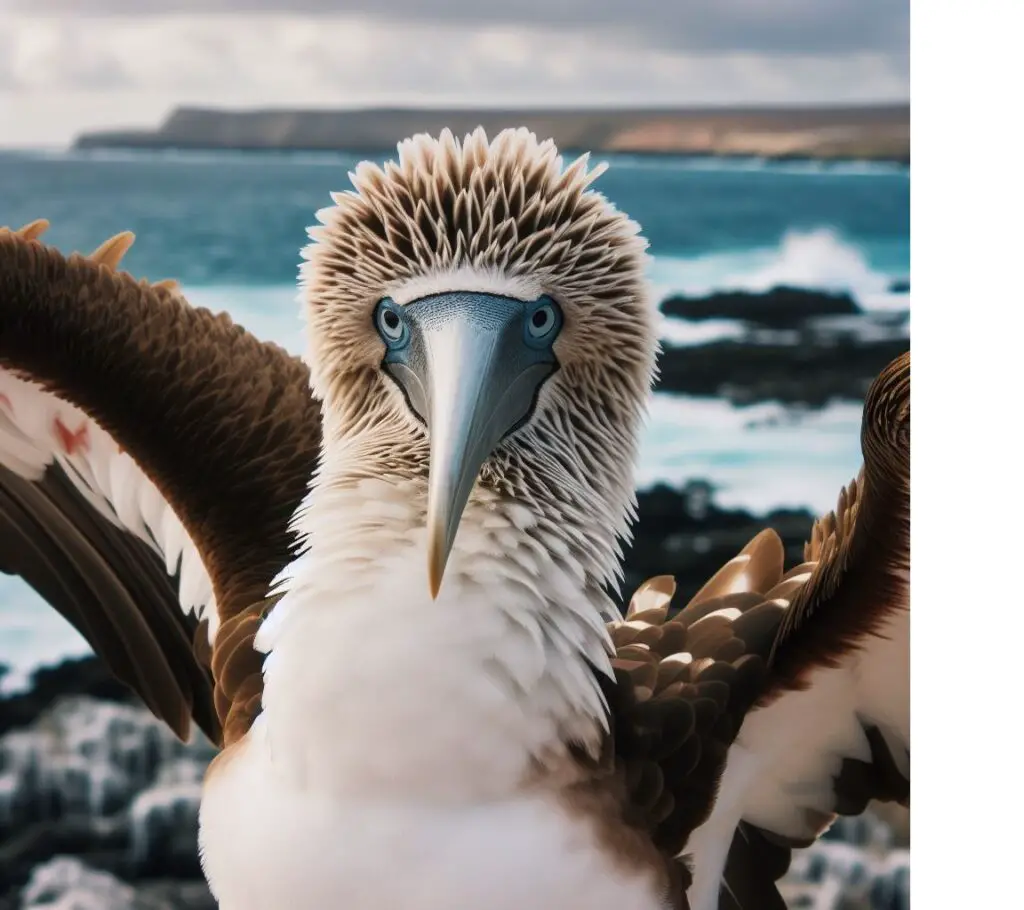
What: Large seabird with snow-white plumage and bright red feet
Where: Midway Atoll, Kauai
Easily recognized by their bright red legs and feet, Red-footed Boobies are tropical seabirds frequently seen soaring and plunge-diving over Pacific waters. They nest colonially on remote islands like Midway Atoll, home to the world’s largest Red-footed Booby colony with over 1 million breeding pairs.
Visiting Midway specifically to observe these elegant boobies in huge numbers is a legendary wildlife experience. But they can also be spotted around Kauai and even occasionally around Oahu. Scan the ocean horizon for their distinctive silhouette, or look for groups loafing on offshore rocks.
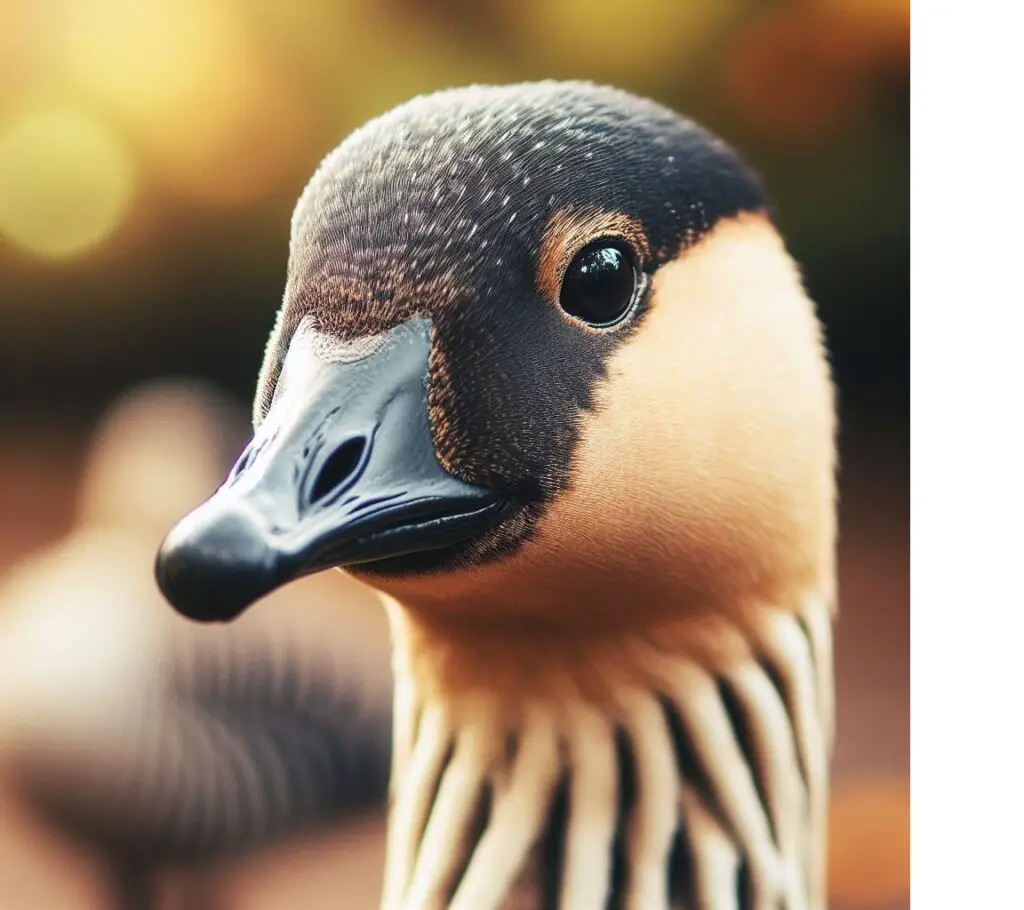
What: Hawaii’s state bird; an endemic, vulnerable goose species
Where: Volcanoes National Park, Mauna Loa
The official state bird of Hawaii, the iconic Nene goose is found only in these islands. As a federally protected endangered species recently upgraded to vulnerable status, seeing a Nene in person helps support eco-tourism efforts to sustain the species.
The largest populations today occur on the Big Island around Hawaiʻi Volcanoes National Park and the high-altitude slopes of Mauna Loa. Listen for their distinct nasal honking as they graze in open meadows and grassy plains. Consider yourself fortunate if you spot these rare Hawaiian geese in their restricted island habitat.
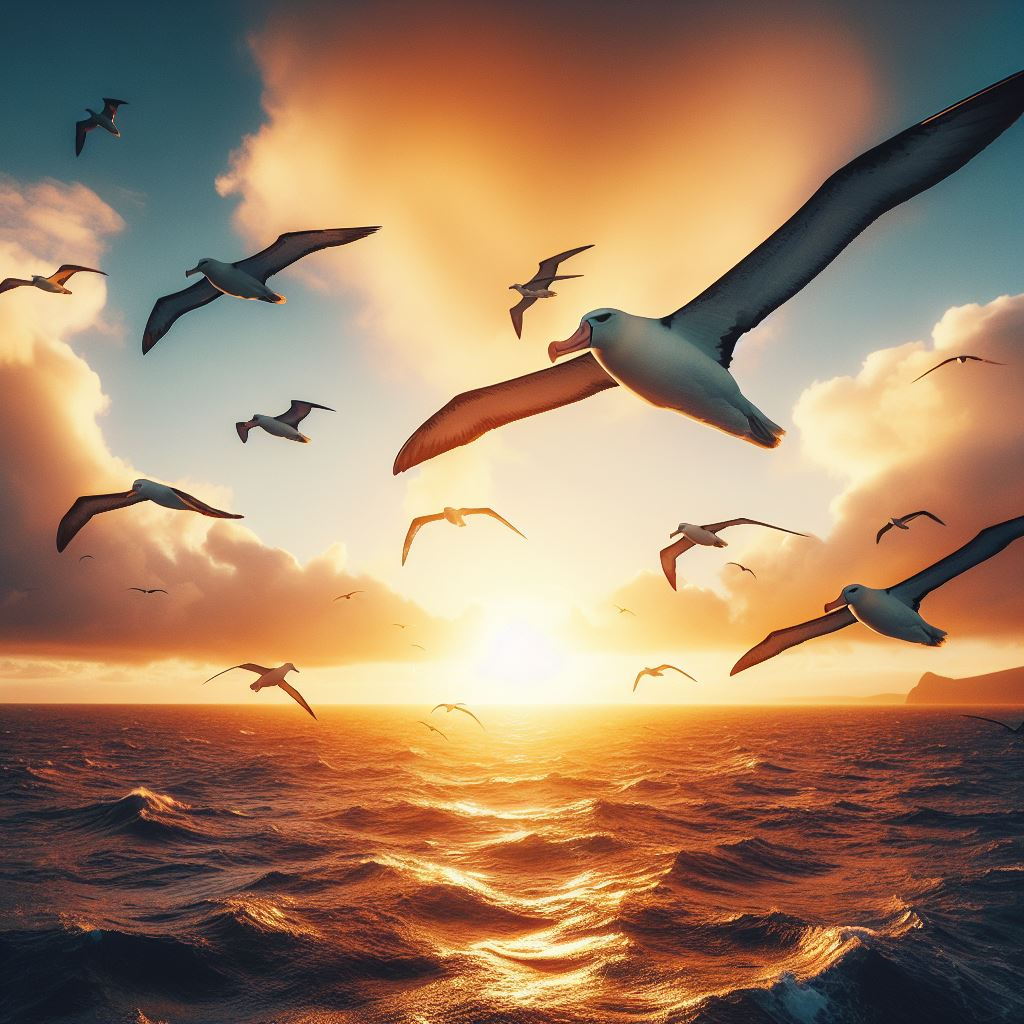
What: Large, graceful seabird with 7-foot wingspan
Where: Midway Atoll, Kauai
Similar to the Wandering Albatross species of the Southern Ocean, Laysan Albatross are supremely adapted for life at sea across immense distances. They can remain aloft for hours, scarcely needing to flap their enormous pinion feathers on gerade thermal waves.
Midway Atoll hosts over 410,000 nesting Laysan Albatross in winter, making it the largest colony in the world. Watching their intricate pairing rituals and chick-rearing behavior is a wonderful privilege. But you may also catch sight of their giant wingspans around Kauai or during pelagic birding trips off Oahu.
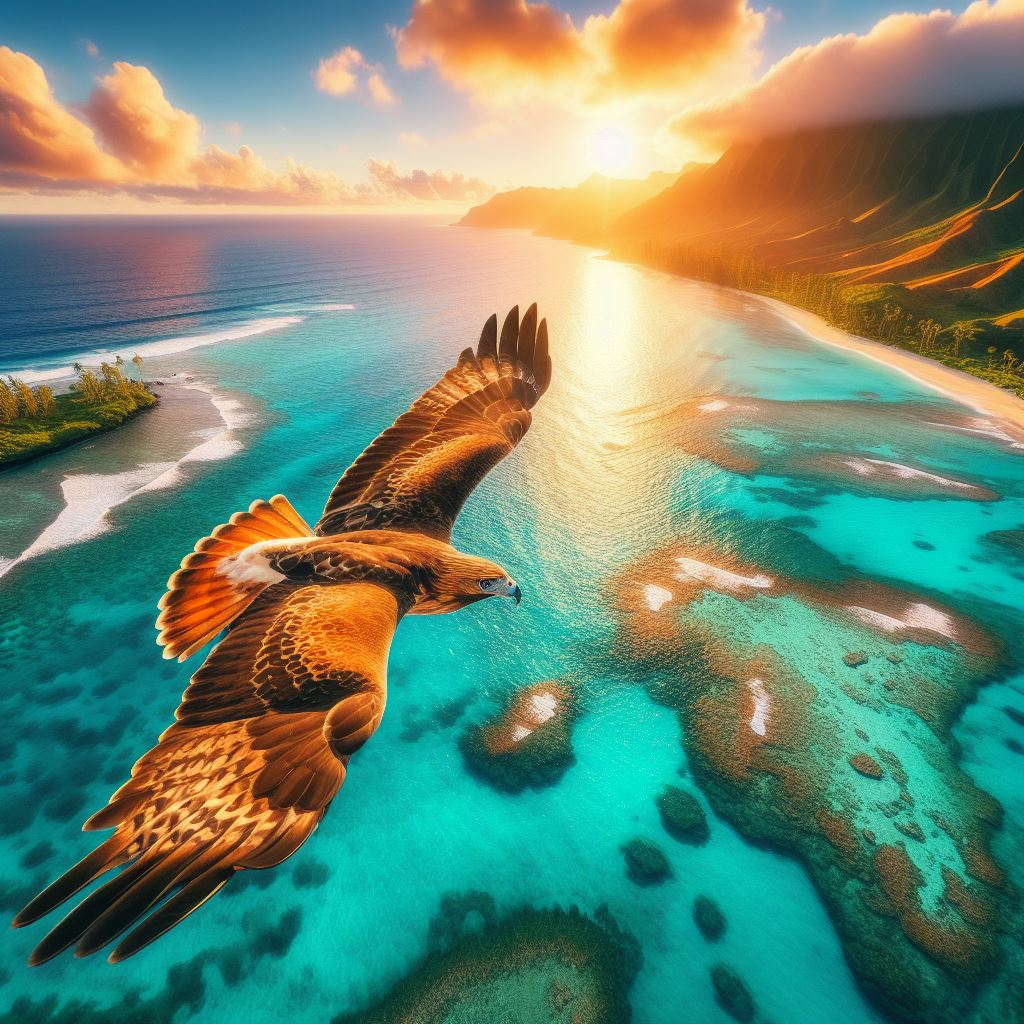
What: Bold endemic hawk perfectly adapted to hunt introduced gamebirds
Where: Across the main islands
The Hawaiian Hawk or ʻIo is Hawaii’s only endemic raptor, found nowhere else globally. It evolved perfect adaptations for chasing down recently introduced gamebirds like chickens, pheasants and francolins in diverse island habitats from rainforests to lava plains.
Spotting a Hawaiian Hawk perched prominently to scan for prey or witnessing one diving with talons outstretched for a spectacular kill are electrifying moments for birdwatchers. As a common resident across the main islands with stable populations, you stand a good chance of crossing this special native predator off your list.
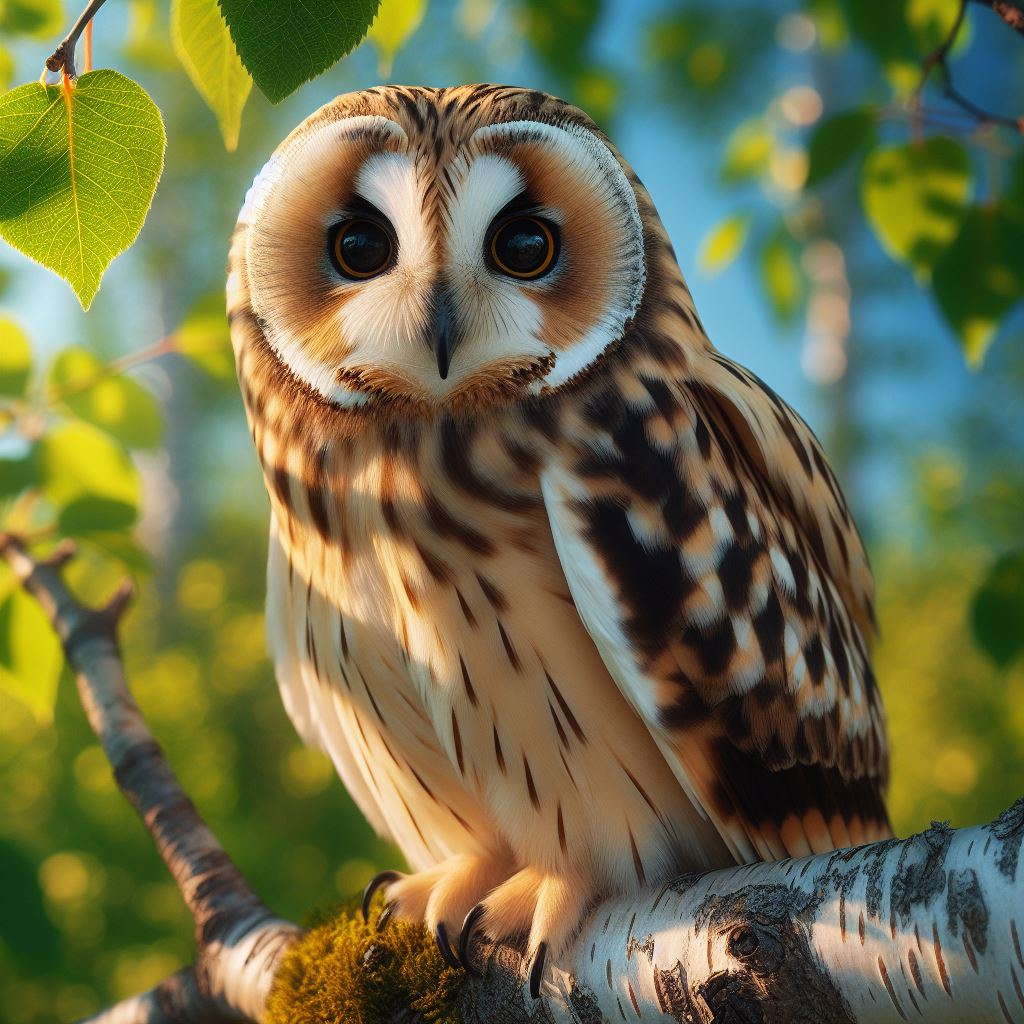
What: Unique Hawaiian subspecies of owls occasionally active by day
Where: Grasslands and marshes statewide
The Hawaiian Short-eared Owl or Pueo is a locally treasured raptor intertwined with native legends. Their calm gaze and cryptically camouflaged plumage have made them iconic symbols of wisdom. Endemic island subspecies are darker and more distinctively patterned below compared to mainland cousins.
Seeing these fascinating owls on daylight hunting forays over open grassy areas statewide or mobbed by protective songbirds is a magical treat for birding guests. Try agricultural zones on the outskirts of major islands to potentially glimpse them, especially at dawn and dusk on rodent patrol.
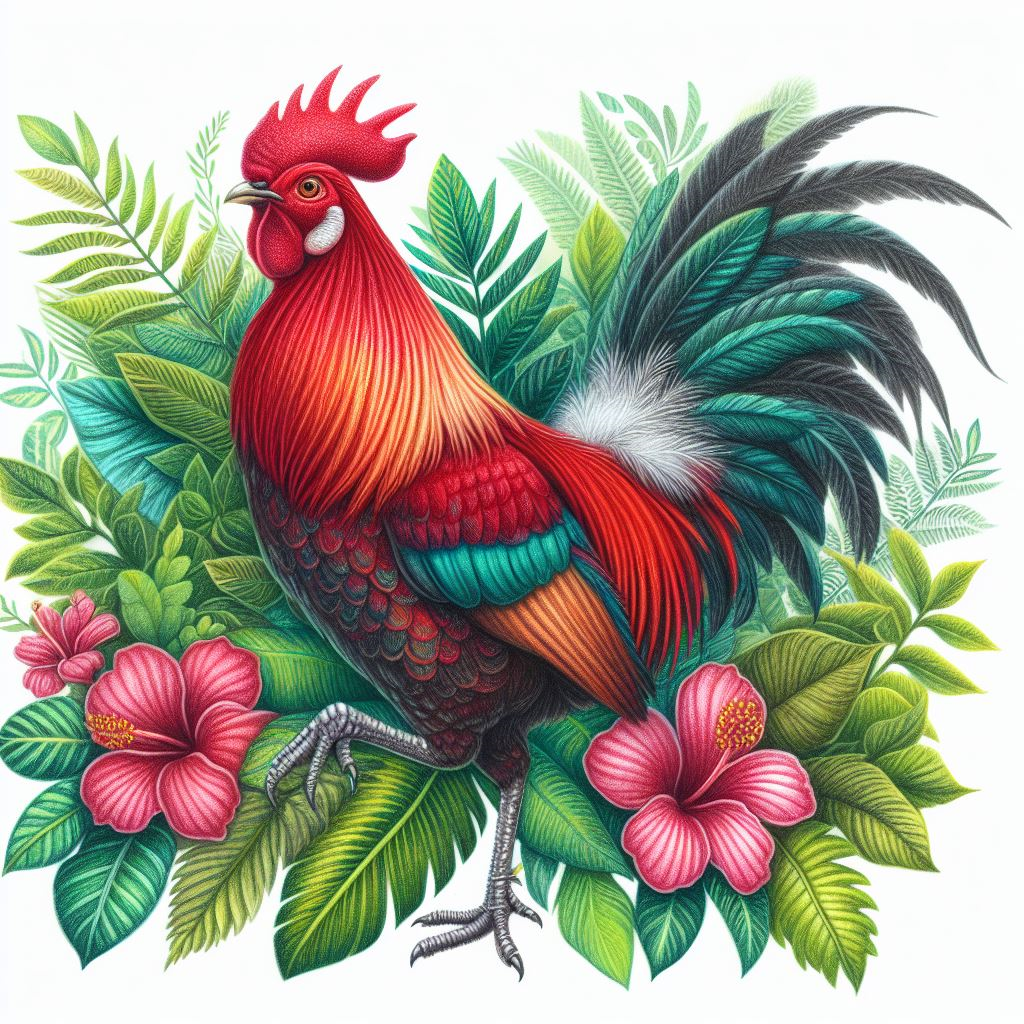
What: Wild ancestor of chickens brought by Polynesian settlers
Where: Kipahulu Valley (Maui)
Found semi-wild in forests statewide, genuine Red Junglefowl are actually diminishing due to hybridization and competition with feral chickens. But the most intact population of pure Red Junglefowl occurs within remote Kīpahulu Valley behind the Hāna rainforest on East Maui.
Only accessible via an all-day hike covering 10+ miles round trip, hearing their iconic cock-a-doodle-doo calls echo through the valley makes this challenging trek rewarding for devotees pursuing pure species. You’ll never look at a barnyard chicken the same way after encountering their regal wild ancestors!
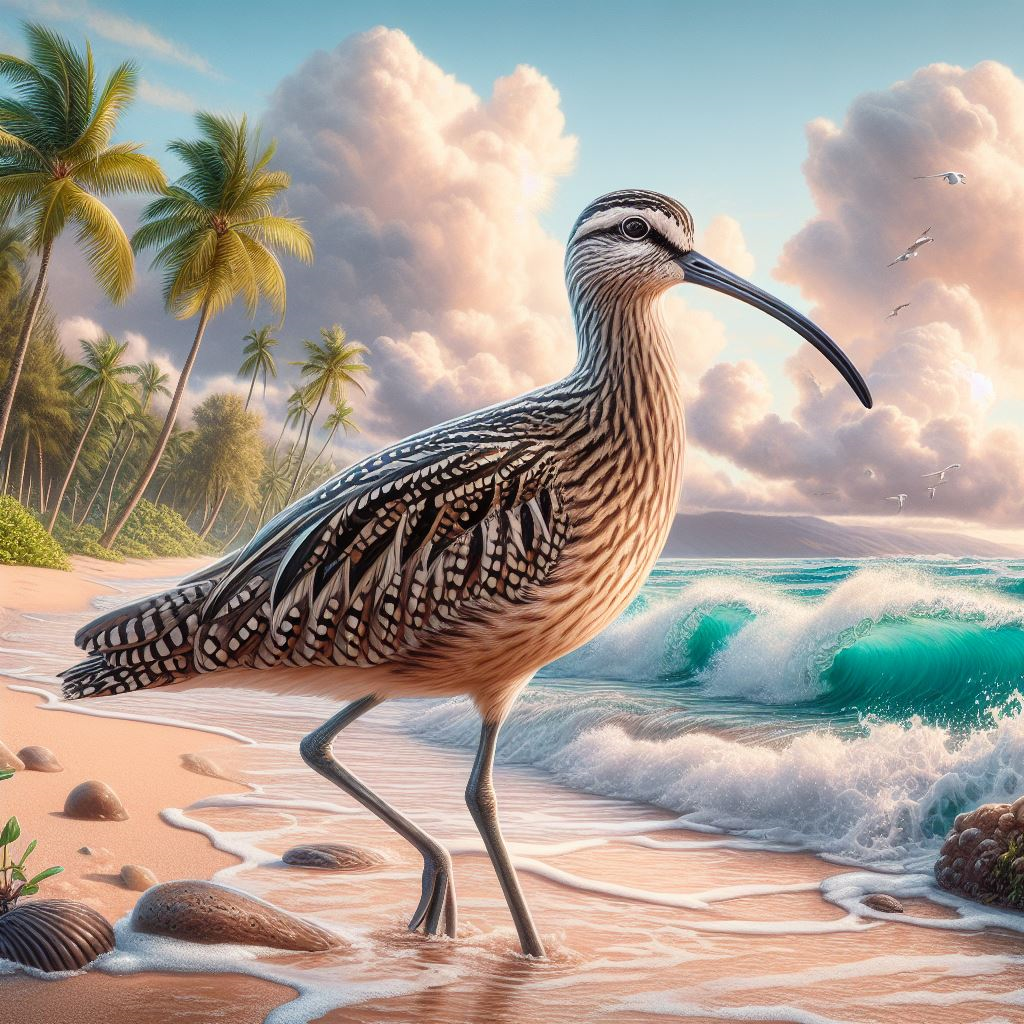
What: Large shorebird and one of world’s longest migrations
Where: Midway Atoll, Laysan Island
Among shorebird experts, the Bristle-thighed Curlew holds semi-mythical status for undergoing arguably the most astounding migration in the avian world. They breed across Alaska and Siberia, then fly nonstop over 6,000+ miles to remote Pacific islands like Midway Atoll for the winter – a journey rivalling Arctic Terns!
Seeing these globetrotters up close as they refuel on speckled sandpipers and marine invertebrates is a profound privilege. Schedule your visit to align with peak northward migration during April-May or southward passage in August-September for your best odds.
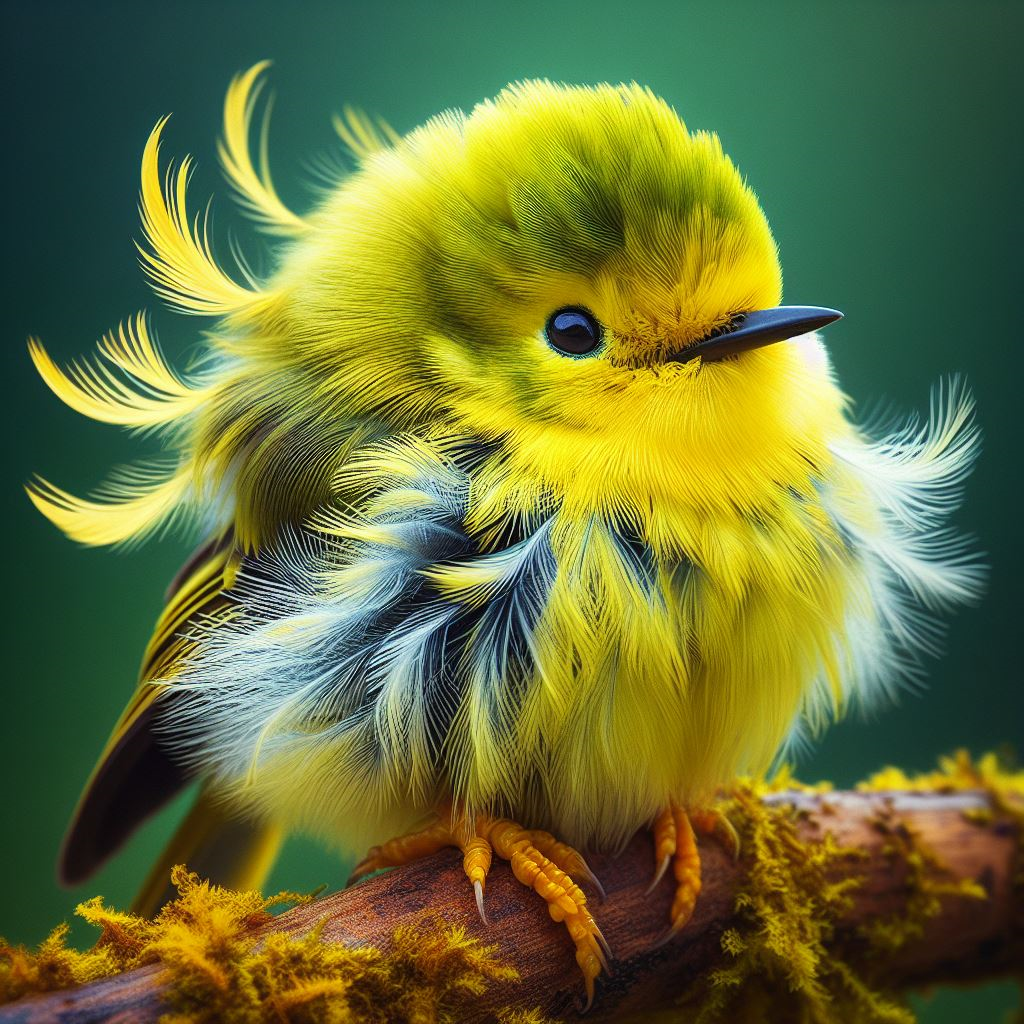
What: Delightful endemic Hawaiian honeycreeper
Where: Hakalau Forest NWR (Big Island)
The vibrant ‘Amakihi honeycreeper family once comprised over 60 species adapted to varied niches across Hawaii. Due to habitat loss, predation and disease, only four relatives survive today. The Lesser ʻAmakihi remains relatively widespread in native ohia forests statewide.
Hearing their cheerful descending calls cascading from the canopy as they flit amid koa and ohia trees draped in lichen is a perfect Hawaiian soundtrack. For optimal sightings, head up to Hakalau Forest National Wildlife Refuge on the Big Island to immerse yourself among these special island endemics.
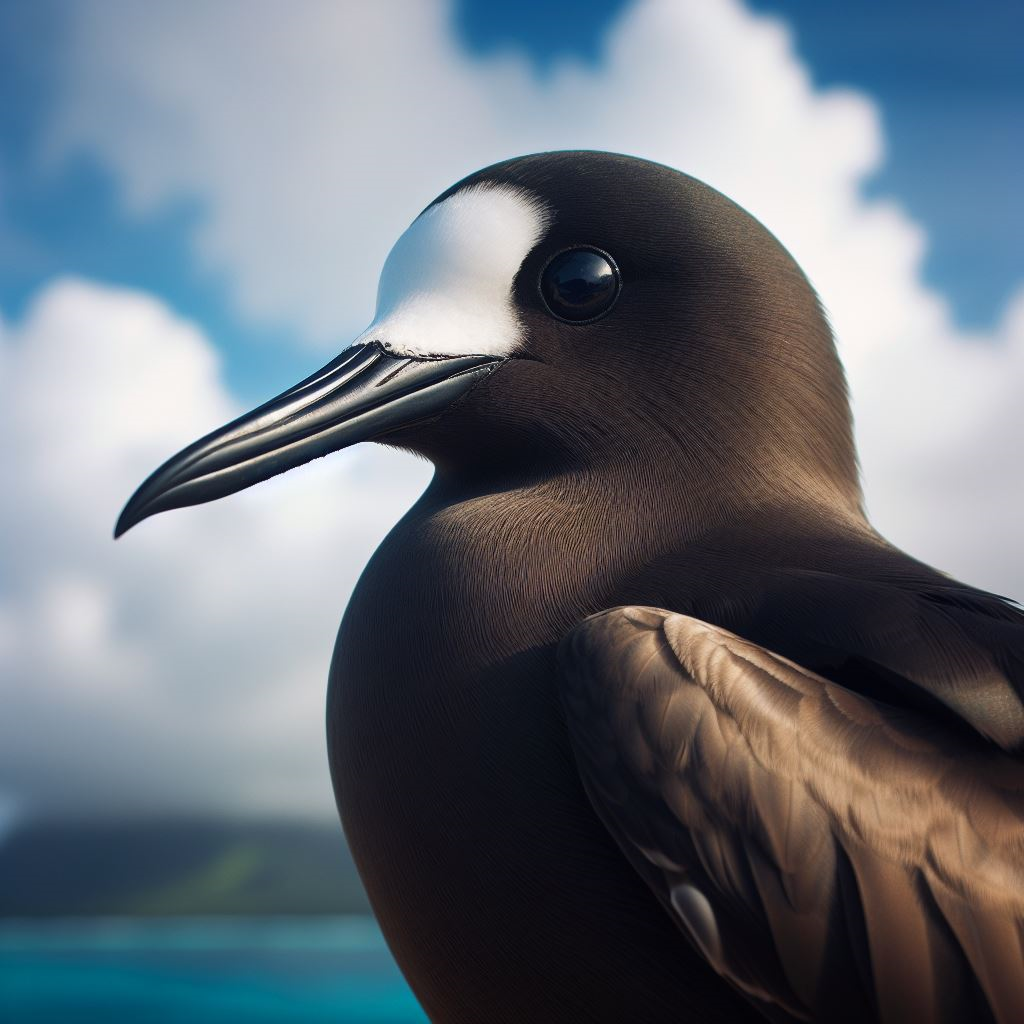
What: Mainland Mexico’s smallest seabird nests on Hawaii’s leeward islands
Where: Laysan Island, Midway Atoll
The Black Noddy stands as mainland Mexico’s smallest seabird, reaching only 12 inches tall yet gracefully soaring thousands of miles out to sea. This unlikely ocean wanderer comes ashore only to breed in dense colonies dotted amid Hawaii’s remote northwestern islands like Laysan and Midway Atoll.
Witnessing clouds of Noddies engaged in raucous social displays around cliffside nest crevices and viewing their fluffy white chicks sister excellent reasons to brave the open ocean passage to these Free. Here the army Noddy rules the roost!
What: Bulldozing wetland resident often seen with chicks
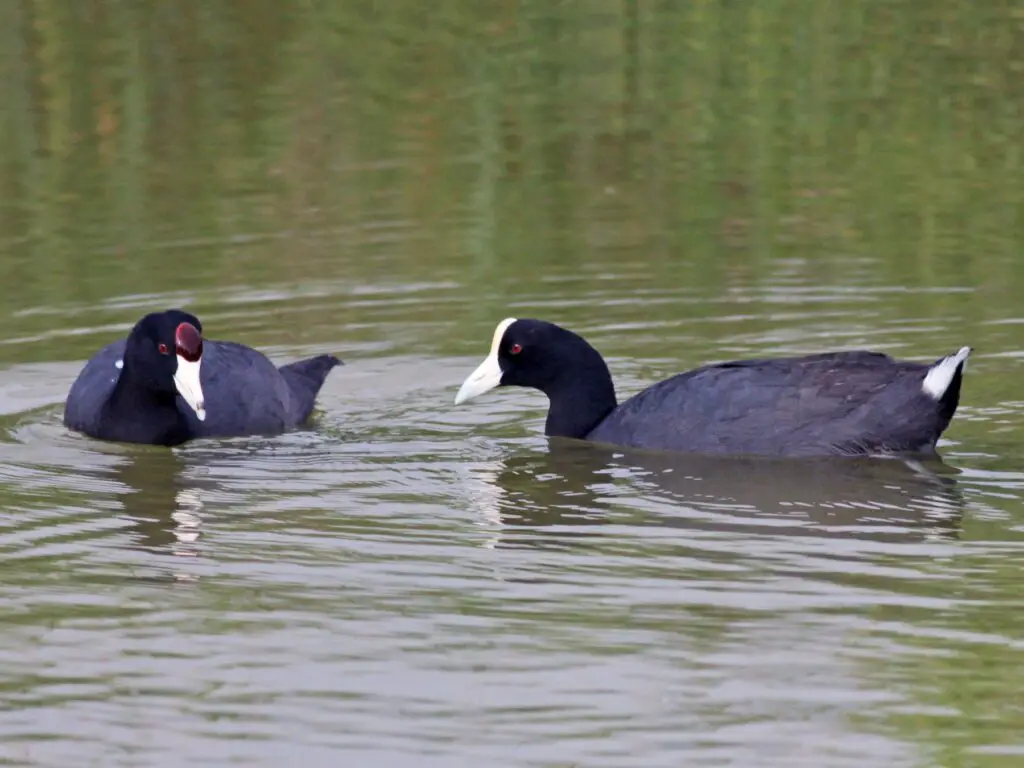
Where: Wetlands and ponds on all major islands
The Hawaiian subspecies of American Coot prefers brackish coastal habitats and freshwater ponds with some emergent vegetation across the islands. Their bright white beaks contrast with dark head plumage beautifully during breeding season. And they put on lively territorial conflicts using those namesake beaks to ram rivals trying to invade their space.
Seeing parents fiercely protect cotton ball-like chicks as they climb all over their backs is a charming sight.

What: Extraordinary roundtrip migration over 20,000+ miles!
Where: Lava fields and shorebird habitats statewide
The Pacific Golden-Plover is one of only a few shorebird species to make an annual 20,000+ mile roundtrip migration entirely over ocean waters between Hawaii and Alaska breeding grounds. They fly truly remarkable distances nonstop, relying on stored fat reserves to power these world-record migratory feats.
These global travelers can be seen foraging Hawaii’s coastal lava flats and grassy areas in winter after their lengthy trans-Pacific journey. Compare them side-by-side with Black-bellied Plovers to appreciate subtle plumage differences between these look-alike cousins.
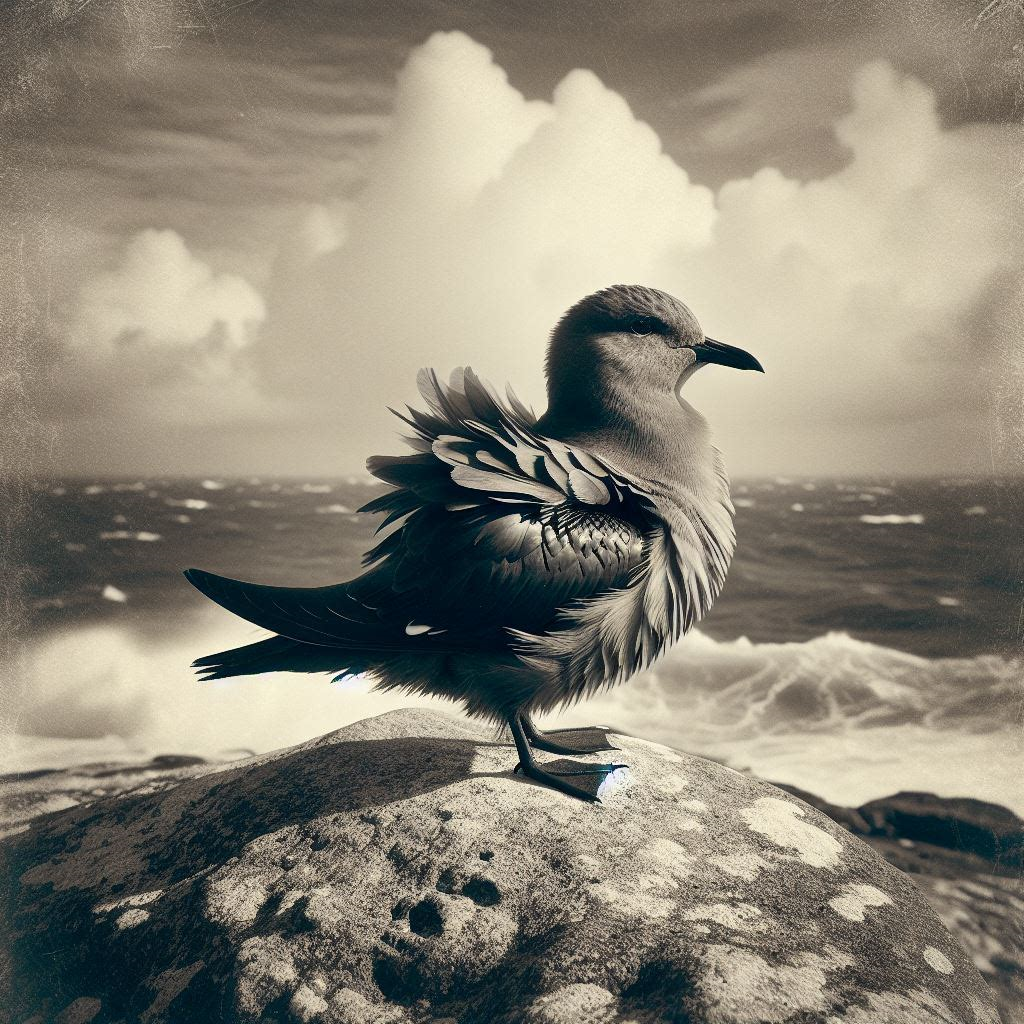
What: Ultra-fast fluttering seabird that “tap dances” on water
Where: Offshore waters, best seen on pelagic tours
Tristram’s Storm-Petrels showcase an incredible survival adaptation allowing them to “tap dance” across wave crests while fluttering within inches of the sea surface. Watching them erratically skitter amid cresting waves gives the illusion they’re actually walking on water like biblical figures!
Getting far offshore on specialized pelagic birding tours offers the only way to encounter these quirky ocean wanderers around Hawaii as they follow seasonal food chains. Be prepared for potential seasickness, but the payoff makes for an unforgettable wildlife memory.
Now that you know which iconic Hawaiian birds should top your must-see list, where specifically should you visit to maximize your chances of sightings?
Here’s a quick overview of outstanding birding destinations to prioritize across Hawaii’s islands:
Oahu
Big Island (Hawaii)
Maui
Kauai
Offshore Islands
Use this location guidance to plan your island hopping birdwatching itinerary for best results spotting Hawaii’s avian gems!
To further boost your chances seeing Hawaii’s spectacular birds, keep these tips in mind:
Timing: Aim for May or early June at the peak of migration, and breeding season.
Habitats: Prioritize intact native forests, and remote offshore islands.
Be Patient: Some species remain elusive; spend enough time scanning.
Pack Binoculars: Bring powerful 10x magnification binoculars.
Hire Guide: Consider a field guide to maximize success for trickier endemic species.
What is the best month for birdwatching in Hawaii?
May and early June offer ideal timing, coinciding with spring migration and peak breeding seasons when songbird activity and nesting colonies are at their prime.
Which Hawaiian island is best for birding overall?
Kauai arguably supports the greatest diversity, being furthest from human disturbance, while the Big Island provides essential habitat for endangered endemics. It depends if you prioritize range, rarity or sheer numbers!
What is the rarest bird I could see in Hawaii?
The Poʻouli honeycreeper sadly appears extinct in Maui forests, with futile recent searches for this Critically Endangered species. Other incredibly rare survivors include the Akikiki and Akekee honeycreepers on Kauai, with populations possibly in the hundreds.
Are any guided birding tours available?
Absolutely! Reputable companies like Hawaii Forest & Trail offer excellent guided tours to niche habitats targeting endemic honeycreepers, offshore seabird colonies, pelagic species and waterbirds statewide.
What should I avoid to protect native birds?
Never disturb nesting seabird colonies or approach endangered bird nests too closely. Always research specific regulations pertaining to protected species and refrain from transporting pests like rats between islands.
From endangered honeycreepers to pelagic albatross, Hawaii presents unparalleled opportunities to appreciate globally important seabirds, migratory shorebirds and endemic forest songsters found nowhere else on Earth.
Whether you seek ultra-rare species or spectacular breeding colonies numbering in the millions, prioritizing any of the 12 highlighted birds in this article promises a truly memorable Hawaiian birding experience.
Use our location guidance, birding tips and operator suggestions to plan your perfect avian adventure discovering what makes Hawaii among the world’s finest destinations for ornithology enthusiasts. The islands await – it’s time to spread your wings!
If you enjoyed this article, please check out Beautiful Birds Found in the Florida Keys Guide

My name is Shane Warren, the author behind Your Bird Buddy – your ultimate guide to the wonderful world of birds! Unleash your inner avian explorer as we delve into a vibrant library of knowledge dedicated to all things feathered. From learning about diverse bird species from across the globe to understanding their captivating habitats and behaviors, I’m here to fuel your passion for these magnificent creatures. Not only that, but I also provide valuable insights on being a responsible and informed pet bird owner. Join our vibrant community and let’s celebrate the feathered wonders of the world together – one chirp at a time. And be sure to join our Your Bird Buddy Community over on Facebook!